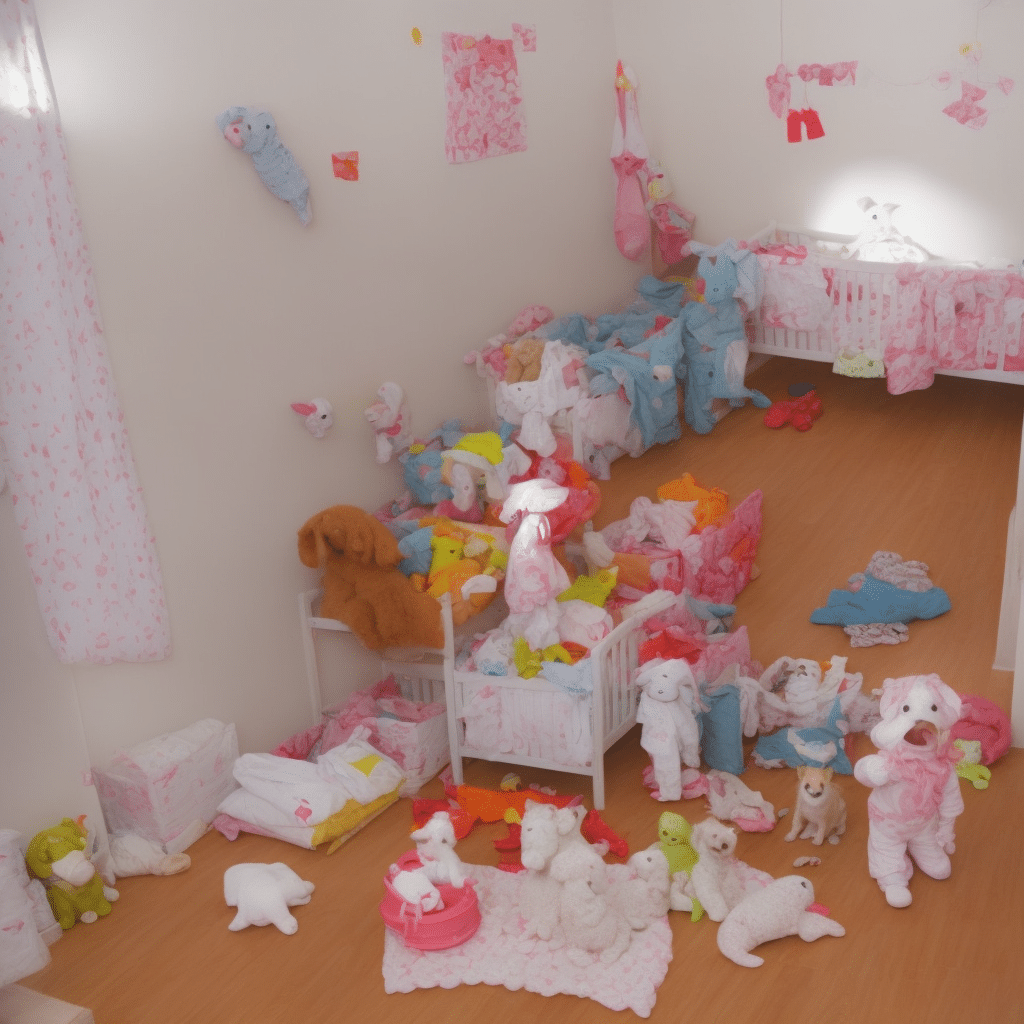What Are the Best Practices for Introducing Your Pet to a New Baby’s Room?

The arrival of a new baby is a joyous time filled with anticipation and excitement. But amidst all the hustle and bustle, there’s one family member whose needs should not be overlooked: your pet. Yes, your four-legged friend also needs time to adjust to this big change. Introducing your pet to your baby’s room is important. It helps to reduce anxiety and encourages a positive association with the baby. As pet-owning parents, you’ll want to ensure that these introductions are done in a safe and controlled manner. Here, we guide you on how to navigate the introduction process, keeping both your pet and your baby safe and content.
Understanding Your Pet’s Behavior
Before your baby’s arrival, it’s crucial to understand your pet’s behavior. This will help determine the best approach to introducing them to your baby’s room. Dogs are naturally curious creatures. They thrive on routine and familiarity, and any disruption can cause them stress. Babies, with their strange sounds, smells, and non-stop attention from the adults in the house, can certainly disrupt a pet’s routine.
A lire aussi : What Are the Best Pet Identification Methods to Ensure Your Pet’s Safety?
Anticipating how your dog might react will give you a head start in preparing both your pet and the baby’s room. Pay attention to your dog’s behavior around children. Is your dog comfortable and relaxed? Or do they become anxious or overly excited? This understanding will provide valuable insight into how you can best manage the introduction.
Preparing Your Pet for the New Arrival
The arrival of a new baby brings with it a whole host of new sounds, smells, and routines. Preparing your pet for these changes is essential in ensuring a smooth transition. Start by gradually introducing your pet to baby-related items. Let your dog sniff baby toys, clothes, and furniture. Play recordings of baby sounds to help your pet become familiar with the noise babies make.
Lire également : How to Choose the Right Interactive Feeders to Stimulate Your Pet’s Mind?
Keep your pet’s routine as stable as possible. Continue with your usual feeding, walking, and play schedules. This will give your dog a sense of security and continuity during this period of change.
Introducing Your Pet to the New Baby’s Room
When the time comes to introduce your pet to the new baby’s room, do it gradually and positively. Start by allowing your dog to explore the room on a leash. Give your pet plenty of time to sniff around and investigate. Remember to praise and reward your pet for calm behavior.
Once your pet is comfortable in the room, you can start introducing the scent of the baby. Before you bring the baby home from the hospital, have a family member take a blanket or clothing item that the baby has used and let your pet sniff it. This will help your pet associate the scent of the baby with positive things.
Setting Boundaries for Your Pet
Setting boundaries is crucial in making your pet feel comfortable and safe while also keeping the baby safe. Make sure your dog understands that the baby’s room is not a play area. You can do this by using baby gates or closing the door when the baby is sleeping.
Train your dog to understand commands like ‘leave it’ or ‘stay’. This will be useful in controlling your pet’s behavior around the baby. Remember, never leave your pet and the baby alone together. Your constant supervision will ensure the safety of both your pet and your baby.
Ongoing Training and Socialization
The introduction of your pet to your baby’s room is only the beginning. You need to continue with training and socialization to ensure a harmonious relationship between your pet and your baby.
Engage your pet in play and activities that don’t involve the baby. This will help alleviate any feelings of jealousy your pet might have. Regularly reward your pet for positive behavior around the baby. This will reinforce the idea that behaving well around the baby earns them praise and treats.
Encourage your pet to interact with other children and babies. This will help them understand that children are friends, not threats. Remember, every pet is different, and what works for one may not work for another. Be patient, observant, and positive and you’ll find ways to help your pet adjust to the new addition in your family.
Creating a Healthy Bond Between Your Pet and Your Child
As your baby grows, so too will the relationship between your child and your pet. Fostering a healthy bond between them is of utmost importance for your family’s harmony. Although it may take time, there are several steps you can take to promote a positive relationship.
Firstly, model appropriate behavior when interacting with your pet. Allow your child to watch as you pet your dog gently, showing respect and kindness. As your child gets older, they can be involved in caring for your pet by helping with feeding or grooming.
Constant supervision is also necessary during these initial stages. Children, especially toddlers, can be rough without realizing it. It’s important to monitor these interactions and step in when necessary to ensure your pet isn’t feeling threatened or stressed.
Reinforce the association of your baby with positivity. When the baby is around, give your pet treats and praise. This will help your pet associate the baby with good things, reducing potential jealousy or resentment.
As your child grows, teach them about respecting your pet’s space. This includes not disturbing them when they’re eating or sleeping, and understanding that sometimes your pet may want to be alone. Make sure your child knows not to pull the pet’s tail or ears, and to always approach the pet calmly, without sudden movements.
Finally, remember that socializing your pet with other children and babies will help them understand that little humans are friends, not threats. This is particularly useful if you intend to have more children, as your pet will already be accustomed to small, energetic family members.
Conclusion: Balancing Your Pet’s Needs with Your Baby’s Arrival
The arrival of a new baby is a momentous occasion in any family. However, it can also be a time of uncertainty for your pet. By understanding your pet’s behavior, preparing them for the new arrival, introducing them to the baby’s room in a controlled manner, setting boundaries, and encouraging ongoing training and socialization, you can make this transition smoother for your pet.
Remember, it’s crucial to keep your pet’s routine as stable as possible to provide them with a sense of security and continuity during this period of change. The key to a successful introduction lies in patient, positive reinforcement tactics, and continuous supervision.
This is a time of adjustment for everyone involved, including your pet. Applying these best practices will help foster a harmonious relationship between your new baby and your four-legged family member, ensuring a happy and peaceful home for all.
The bond between your child and your pet has the potential to become one of the most beautiful relationships. This bond will not only teach your child about empathy, responsibility, and unconditional love but also provide your pet with a lifelong companion. The effort you put into easing this transition will surely pay off in the long run, leading to a happier, more harmonious family dynamic.
